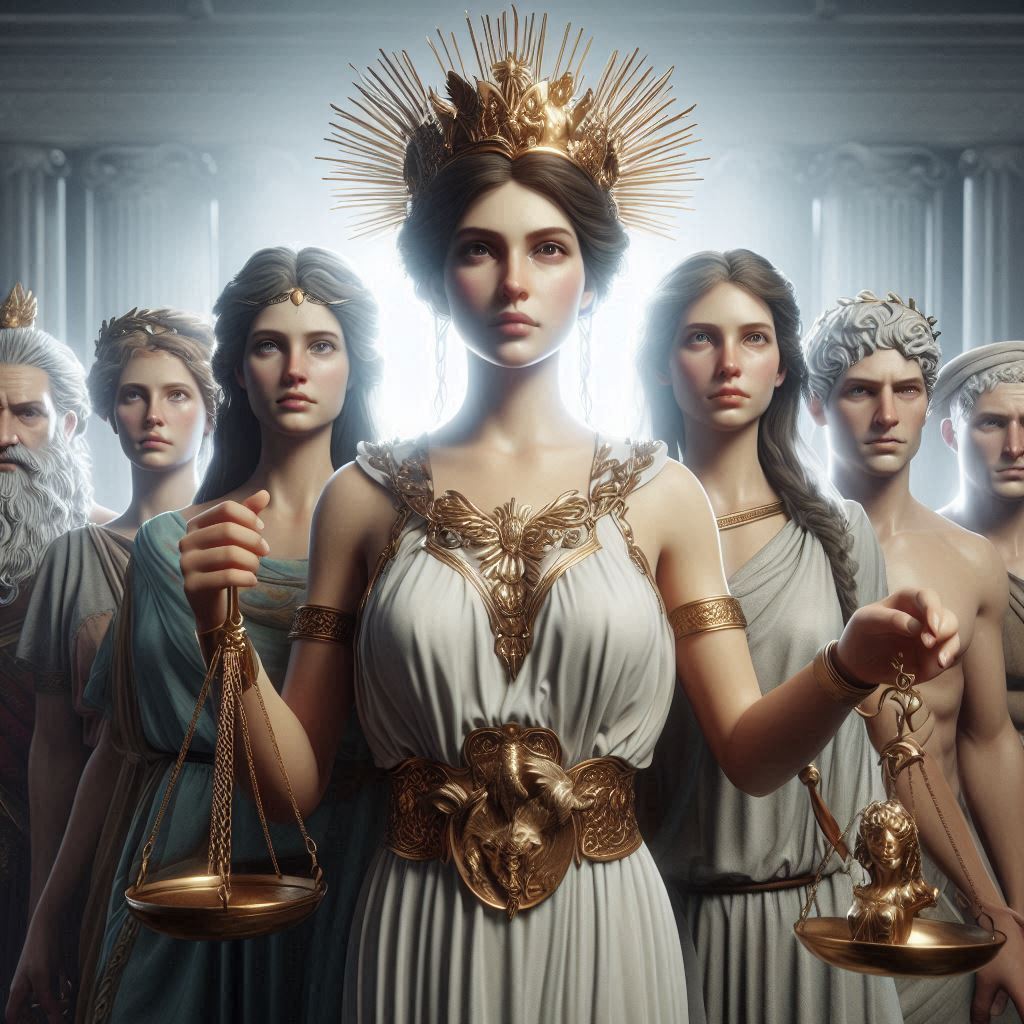Table of Contents
The Best Character Metamorphoses in Novels
Character metamorphoses, or the profound transformations of a character over the course of a narrative, is one of the most compelling aspects of literature. It allows readers to witness the evolution of a character’s beliefs, values, and identity, often reflecting broader themes of human experience. Some of the most memorable characters in literature undergo dramatic changes, leaving a lasting impact on readers. This essay explores some of the best examples of character metamorphoses in novels, highlighting how these transformations contribute to the richness of the stories.

Raskolnikov in Crime and Punishment: From Arrogance to Redemption
One of the most iconic examples of character metamorphosis is found in Fyodor Dostoevsky’s Crime and Punishment. The protagonist, Raskolnikov, begins as a disillusioned and arrogant young man who believes he is above moral law, justifying his murder of an old pawnbroker as a means to a greater end. However, as the novel progresses, Raskolnikov is consumed by guilt and paranoia, leading to a psychological breakdown. His eventual confession and acceptance of punishment mark a profound transformation. Through suffering and redemption, Raskolnikov evolves from a self-centered nihilist to a repentant individual seeking spiritual renewal. This metamorphosis underscores Dostoevsky’s exploration of morality, guilt, and the possibility of redemption.
Ebenezer Scrooge in A Christmas Carol: From Miser to Philanthropist
Another remarkable transformation occurs in Charles Dickens’ A Christmas Carol. Ebenezer Scrooge, a miserly and bitter old man, undergoes a radical change after being visited by three spirits on Christmas Eve. Initially, Scrooge is portrayed as cold-hearted and indifferent to the suffering of others, valuing money above all else. However, the ghosts’ revelations about his past, present, and future force him to confront the consequences of his actions. By the end of the story, Scrooge becomes a generous and compassionate figure, embodying the spirit of Christmas. This transformation is not only central to the plot but also serves as a powerful commentary on the capacity for human change and the importance of empathy.
Severus Snape in Harry Potter: From Antagonist to Tragic Hero
In J.K. Rowling’s Harry Potter series, Severus Snape’s character metamorphosis is one of the most complex and emotionally resonant in modern literature. Initially portrayed as a sinister and antagonistic figure, Snape’s true motivations and loyalties are gradually revealed over the course of the series. His unwavering love for Harry’s mother, Lily, and his role as a double agent for Dumbledore ultimately redefine his character. By the end of the series, Snape is revealed to be a tragic hero whose actions were driven by love and remorse. This transformation challenges readers’ perceptions of good and evil, highlighting the complexity of human nature.
The Creature in Frankenstein: From Innocence to Despair
In Mary Shelley’s Frankenstein, the Creature undergoes a profound metamorphosis that evokes both sympathy and horror. Initially, the Creature is an innocent being, yearning for companionship and understanding. However, repeated rejection and cruelty from society transform him into a vengeful and isolated figure. His descent into violence and despair is a poignant commentary on the consequences of alienation and the human need for connection. The Creature’s transformation serves as a mirror to Victor Frankenstein’s own moral failings, emphasizing the novel’s themes of responsibility and the dangers of unchecked ambition.
Jane Eyre in Jane Eyre: From Oppression to Empowerment
Finally, in Charlotte Brontë’s Jane Eyre, the titular character’s journey is one of self-discovery and empowerment. Jane begins as an orphaned and oppressed child, subjected to cruelty and neglect. However, her resilience and strong sense of self-worth enable her to grow into an independent and principled woman. Throughout the novel, Jane confronts societal expectations, moral dilemmas, and her own desires, ultimately achieving a balance between passion and reason. Her metamorphosis from a marginalized figure to a self-assured individual is a testament to the strength of the human spirit and the pursuit of equality.
Conclusion: The Power of Metamorphoses in Literature
In conclusion, character metamorphosis is a powerful literary device that allows authors to explore the complexities of human nature and the potential for change. Whether it is Raskolnikov’s journey toward redemption, Scrooge’s embrace of compassion, Snape’s revelation of hidden depths, the Creature’s tragic descent, or Jane Eyre’s quest for self-fulfillment, these transformations resonate with readers because they reflect universal truths about growth, identity, and the human condition. Through these characters, literature reminds us that change is not only possible but often necessary for understanding ourselves and the world around us.


No responses yet